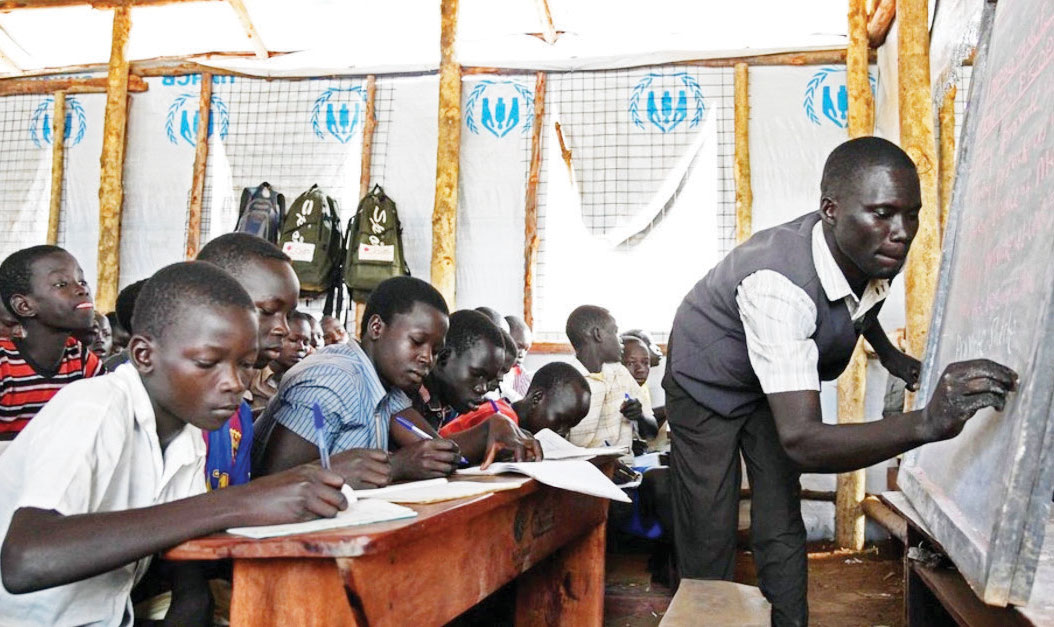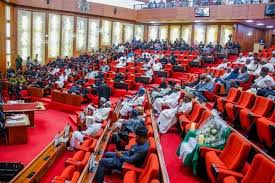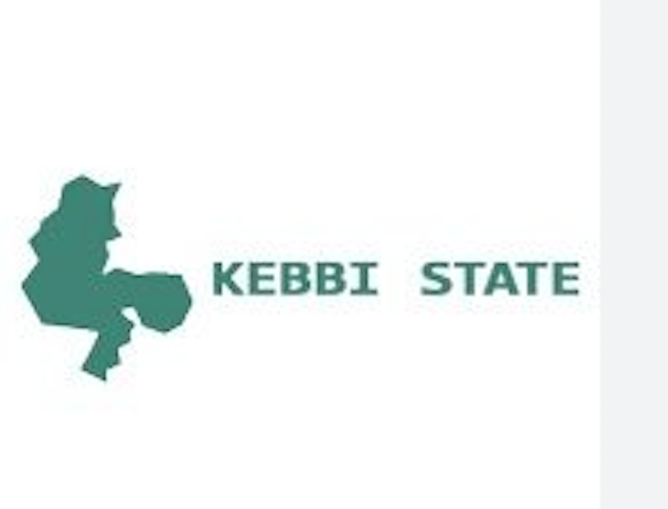
The National Curriculum Development Centre (NCDC) has recommended 26 local languages to be adopted as mediums of instruction at the lower primary school level in Uganda.
The announcement follows a study conducted by NCDC in 2023, aimed at identifying the most feasible and familiar languages for instruction from Primary One to Primary Three, the foundation years of learning.
The study, conducted across 31 districts in Uganda’s eastern, western, northern and central regions, initially recommended 22 languages, with findings presented and validated across the various regions.
The 22 languages include Acholi, Lugbarati, Kakwa, Alur, Leb Lango, Runyoro, Rutooro, Runyankore, Rukiga, Lubwisi, Rufumbira and Lukhonzo. Others are Lusamia, Lusoga, Lunyole, Lugisu, Kumam, Dhopadhola, Ateso, Kupsabiny, Luganda and Ruruuli.
Following this validation process, four more languages were added, bringing the total to 26. These include Gimara from Obongi district, Pokot from Amudat district, Rwisi from Bundibugyo district, and Madi from the West Nile region.
“This study is about using a familiar language as a medium of instruction, a language a child can already speak and understand before entering the classroom. Teaching in a familiar language, improves learning outcomes,” said Sezi Bogere, a researcher at NCDC.
A 2021 study by Uwezo revealed that only about 12 per cent of learners from Primary 1 to Primary 3 could read. According to NCDC, literacy in the early years is foundational for the learner’s success in all future subjects.
Uganda has implemented the thematic curriculum since 2007, which mandates that teaching and learning from Primary One to Primary Three should take place in a local language familiar to the learner.
English is introduced as a subject during this period and becomes the primary medium of instruction from Primary Four onwards. Although Uganda has 66 languages, supporting all of them with adequate learning materials is currently beyond government capacity.
So far, only 13 languages have received full support mainly in the form of teaching materials like flashcards, picture charts, and textbooks.
“The 26 recommended languages are a starting point for the government to focus its efforts. For a language to be used effectively in schools, it must undergo a process of language readiness which includes the formation of a district-based Language Board working with NCDC and the Uganda Literature Bureau to develop orthographies, bilingual dictionaries, and other essential tools,” Bogere said.
Dr Richard Irumba, the deputy director at NCDC, said the study involved consultations with both government and private schools, ensuring the resulting policy reflects the needs and expectations of all stakeholders.
“We believe implementing this policy is possible. It’s not new, Uganda’s 1992 Government White Paper on Education already recognized the importance of using familiar languages in lower primary teaching,” Dr Irumba noted.
He acknowledged the challenges faced in some regions, including a shortage of trained teachers in local languages and insufficient learning materials despite government and development partner support.
“Selecting 26 languages does not mean the rest are unimportant. All local languages will still be taught in schools as guided by local leadership. However, for the government to deliver services such as materials and teacher training, we must focus on a manageable number,” he said.
Irumba said the process is currently at the validation and consultation stage, with plans to engage the executive, parliament, and other stakeholders before full implementation.
“Our expectation is that, within two years, we will be ready to roll out the implementation of the new primary school curriculum, which is currently under review,” he said.
geofreyserugo1992@gmail.com



